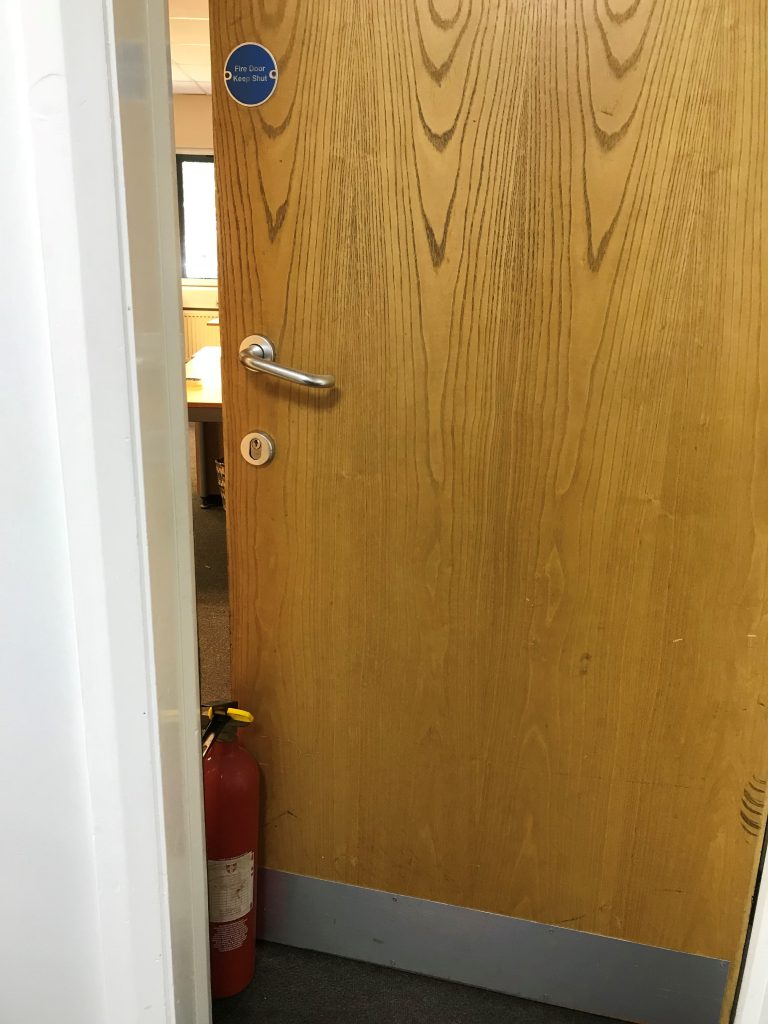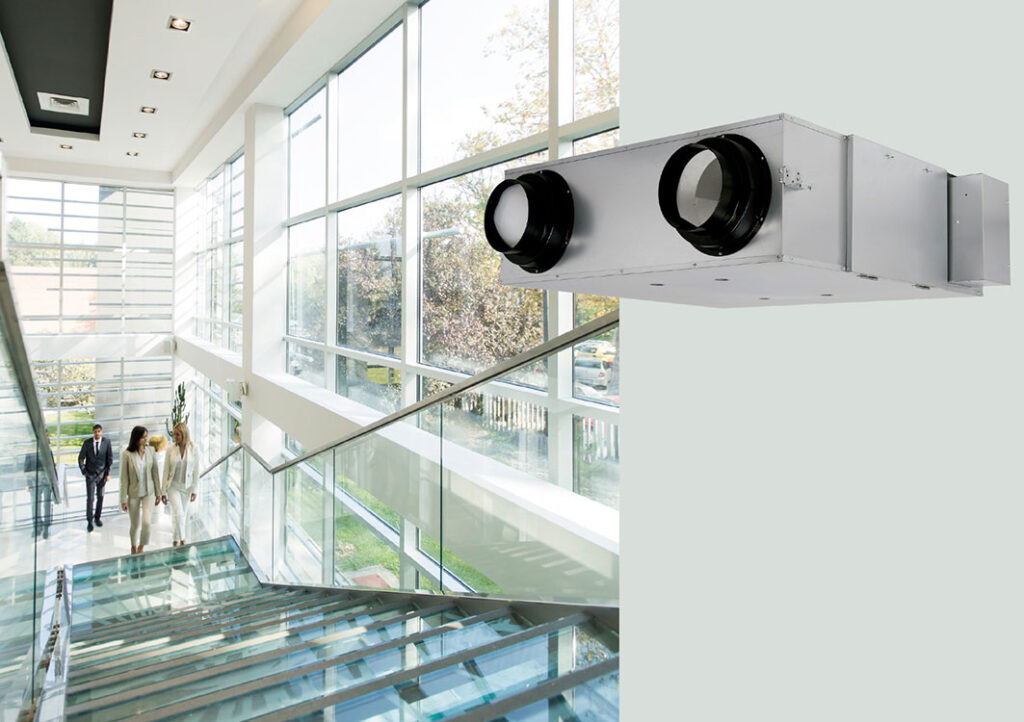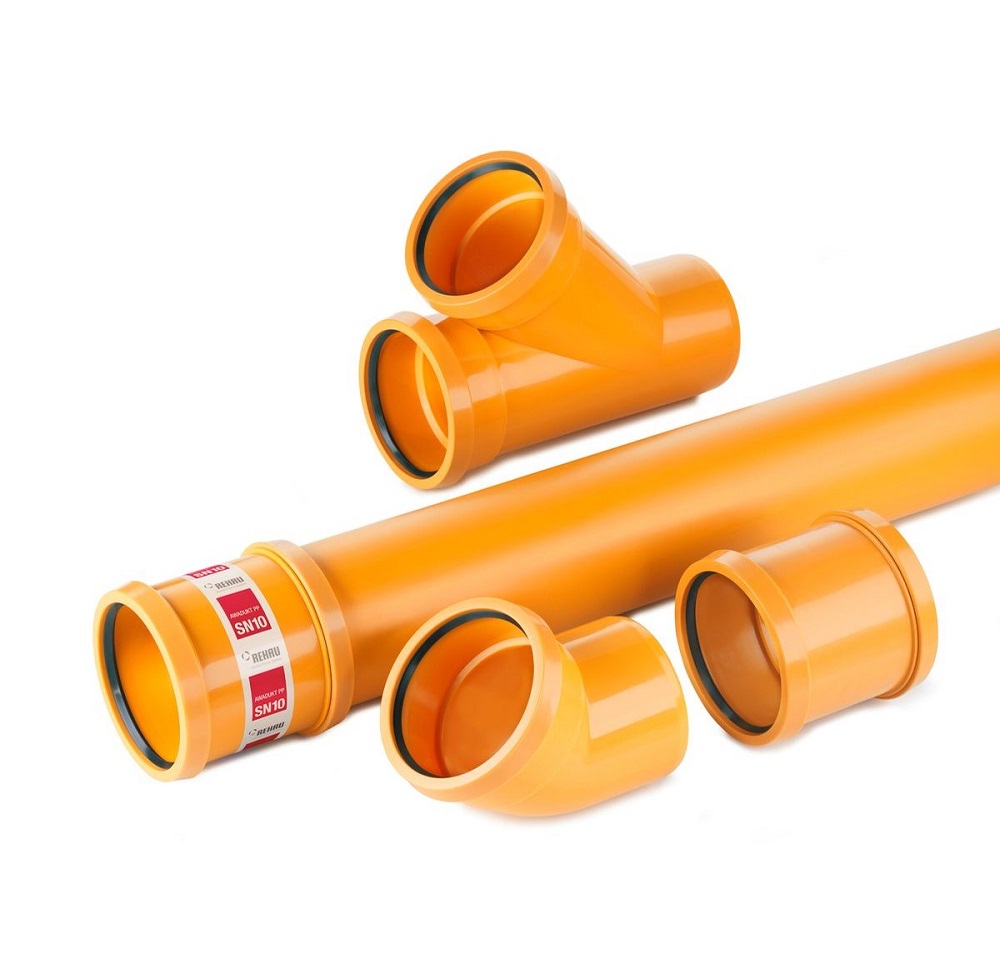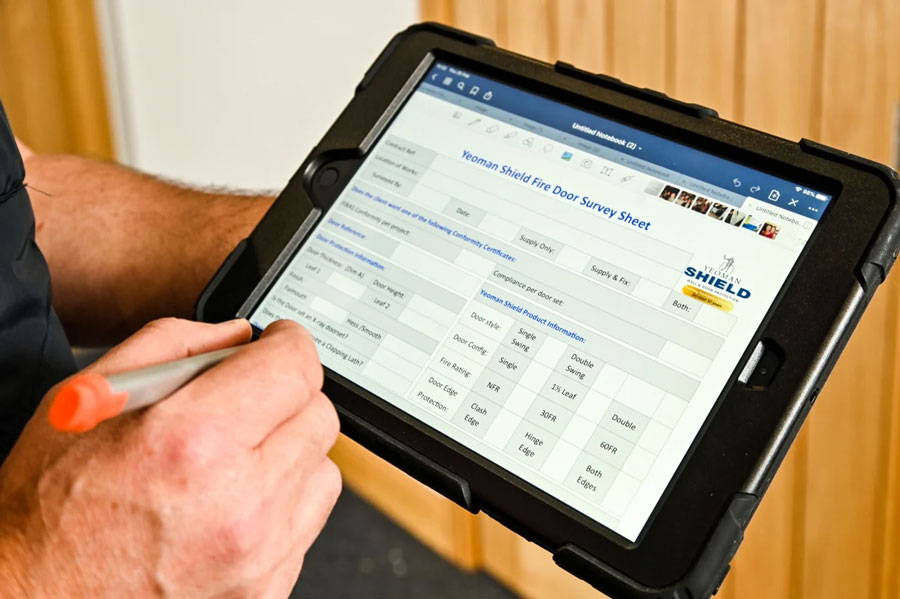Survey reveals flaws in fire door usage


Propping open a fire door would make it ineffective in the event of a fire
Horbury Property Services, part of the Horbury Group, ran a survey to mark Fire Door Safety Week and found there may be need for concern regarding fire safety in many commercial and public buildings. The survey of 80 people found that 95% said they had seen a fire door propped open in their own workplace or a public building in the last three months. Thirty-six per cent said they had seen this almost every day and 32% had seen it at least once per week.
Even more worrying, of those who live in a flat or apartment, 57% said they had not been given any fire safety information by the landlord. Thirty-three per cent had been given only basic information and only 14% would consider the information they were given on fire safety to be good.
Despite this lack of information, fire safety knowledge was found to be improved over the 2017 Fire Door Safety Week survey – 68% of those surveyed knew that a fire door, according to BS 9999, the code of practice for fire safety in the design, management and use of buildings, should be inspected every six months. Whereas in the same survey 12 months ago, only 40% of those surveyed answered correctly.
Eighty-eight per cent of those surveyed knew that it is the responsible person who needs to take care of fire door assessments in public or commercial buildings. There was also a good level of knowledge when questioned how long a standard CE marked fire door should withstand smoke and flame, with 81% answering correctly at 30 minutes.
Richard Sutton, general manager at Horbury Property Services, said: “We run this survey every year, with a number of different questions, yet we are always surprised at the results. This year, it was noticeable how much people actually know about fire safety and fire doors, compared with previous years. However, we are concerned how many fire doors were being used incorrectly, for example, by being propped open, which would make them ineffective in the event of a fire. This may have been due to bad habits during the warmer weather but is something that should not be done with any fire door.
“It was also interesting to find out people’s thoughts about what would make them feel safer in their buildings, with such high numbers mentioning Building Regulations, fire sprinklers and greater checks on fire doors. This was a very positive survey and showed just how much landlords, contractors and the general public do know about fire doors.”
When asked what would make them feel safer to prevent fires, the top answer (45%) was tighter Building Regulations on fire safety, the second most popular answer was fire sprinklers (36%) and thirdly, more regular fire door checks (18%).
Although the survey revealed some faults with how fire doors are used, those surveyed seemed to be fairly confident about the building they work or live in is fire safe. Eighteen per cent answered that they were very confident and 77% were reasonably confident about whether their building is safe, and they would have adequate time to escape in a fire.
Fire doors are said to play an extremely important role in ensuring compartmentation of a building, enabling occupants to escape or be safe in the event of a fire. Regular inspections are vital to ensure the life-saving properties of a fire door are retained and smoke, toxic gases and fire are not able to enter the space within a given timeframe. The doors can only do this effectively if they are fully maintained.
Richard added: “The results of our survey lead us to believe that fire doors are not being utilised as they should be in many commercial and public buildings. This is why it is so important that the doors are checked as soon as possible by an experienced and competent fire door inspector. The trained and experienced team at Horbury Property Services use the latest technology to deliver in-depth reporting on each fire door, giving the customer complete visibility of the effectiveness of each door and what remedial work may need to be carried out.”




















